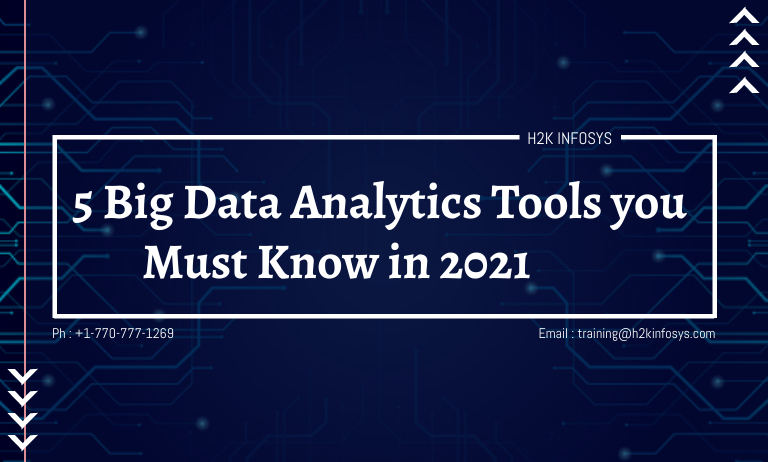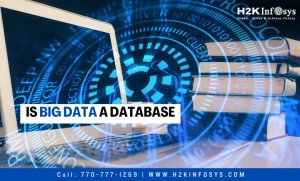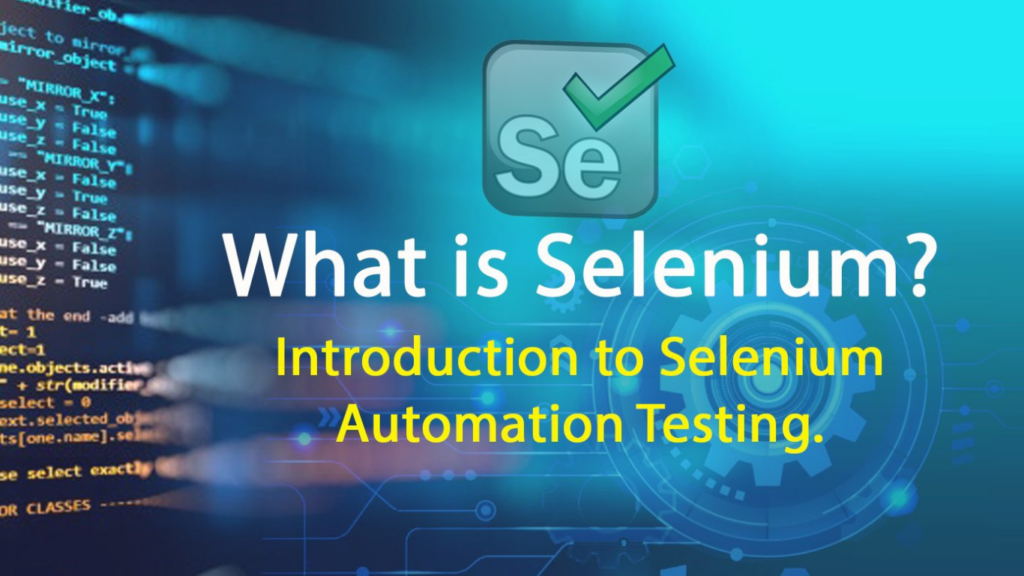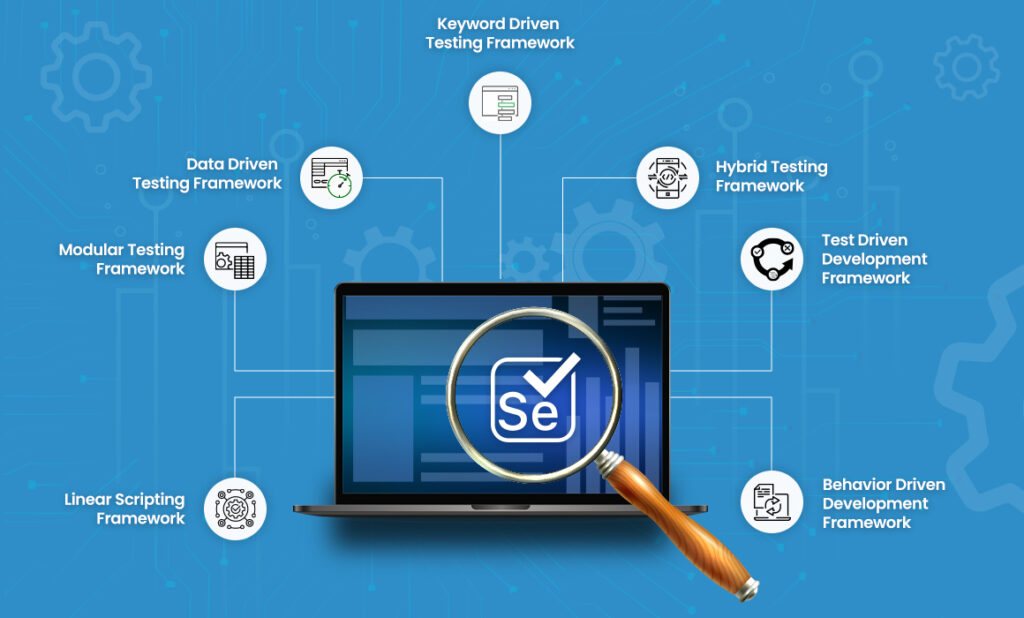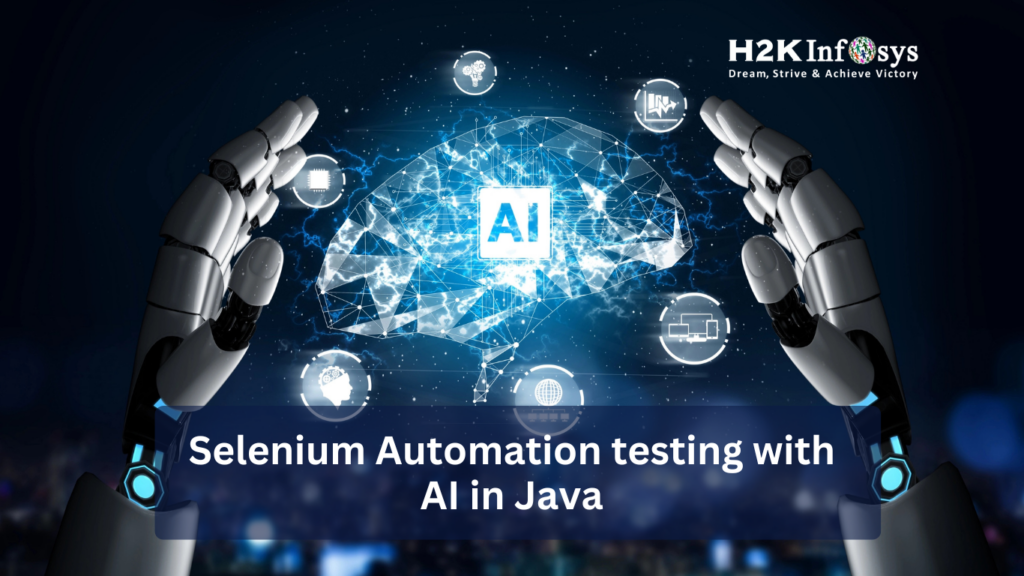In this day and age, the value of data is unquantifiable. Moreover, the advent of the internet and social media has caused the quantity of this data to skyrocket. The quantity and volume are so large, hence the name, Big Data.
Big data has become an important part of companies’ assets. With big data, companies can analyze customer behavior, predict their response to policies, and take actions that would best suit them, therefore leading to more revenues. This is why they are continuously in search of individuals that are conversant with Big Data analytics tools. Like every other technology, however, big data tools are ever-changing. As a big data specialist, you are expected to stay up-to-speed with the happenings in the industry and never stop upskilling to stay relevant. If you would like to upskill, then join a course that issues big data certification.
In this article, you will learn the big data analytics tools you must be familiar with. We would also highlight the pros and cons for each of them. Let’s get into it.
1) Hadoop
Hadoop is a popular Big Data tool and for good reason. It is an open-source framework that is used for handling clustered file systems and big data. It makes use of the MapReduce programming model to process large chunks of data. Hadoop is written in Java but it can be used across all platforms.
As a data scientist, your skillset is incomplete with Hadoop. The tool is just super fast with high processing power even for huge datasets. You really do not have to worry about hardware failure when working with Hadoop. If you are looking to stay on top of your game as a data scientist, learning Hadoop is one thing you must do. According to statistics, more than 50% of the Fortune 500 companies use Hadoop. You can enroll for a big data Hadoop training to find out how to use this tool.
Pros:
- Hadoop file system (HDFS) is very powerful. It can handle most types of files in different formats. Be it images, videos, XML, JSON, and just plant text over one file system.
- It is highly scalable
- You can quickly access the data
- It is great for research and development purposes
- Since it rests in a cluster of computers, it is readily available.
Cons
- There is still room for improvement in the I/O operations
- Because of its data reduction, you may face some disk space issues.
2) Cloudera Distribution for Hadoop (CDH)
CDH is an open-source tool for big data analytics that contains several tools such as Apache Spark, Apache, Hadoop. Apache Impala, etc on its distribution website. With this platform, you can get, store, manage, receive, alter, and distribute big data.
Pros
- It has an easy implementation
- Its administration is not so complicated
- It has a comprehensive and accurate distribution
- It is easy to deploy
- It has a robust security architecture
Cons
- The many installation suggestions can get confusing
- There are few complicated UI features such as CM service charts.
Although the Cloudera edition of CDH is completely free, having a cluster is not. On the contrary, it is pretty expensive. The licensing price is set between $1000 to $2000 per TB.
3) Cassandra
Cassandra is a free-to-use tool that allows you to manage large volumes of data across several commodity servers, making it have high availability. It uses Cassandra Structure Language (CQL) to interact with the databases.
Pros
- It provides an easy query language which is great for beginners who want to transition to big data.
- You can read or write on any node due to its great architecture
- There is no single-end point. In other words, data is available on several nodes so that when one node fails, others can be used right away.
- It has great built-in security features
- You can also detect and restore failed nodes
Cons
- Maintenance and troubleshooting failed nodes may require extra efforts
- There is no row-level locking feature
- Regarding clustering, there is still room for improvement
4) Xplenty
Xplenty is a toolkit that allows you to build data pipelines from start to finish with no-code and low-code capabilities. It is widely used by developers, marketers, sales, support, etc. Xplenty aims to help you get the most from data without necessarily investing in software, hardware, or manpower.
They also have personable customer support that can be contacted through calls, emails, or text messages.
Pros
- It is a cloud-based architecture, making it easel scalable and elastic
- It has a customized and flexible API
- It is easy to access a wide range of data store as well as several collections of data preparation components
Cons
- It is not free and a subscription can only be done annually.
5) MongoDB
MongoDB is known for handling unstructured data, which is the form most big data is in. MongoDB can store data with large volume and high velocity, whether semi-structured or structured. MongoDB is widely used for data sources such as mobile apps, online product catalogs, content management systems, etc. To get started with MongoDB, you will need to have a firm grasp of the tools from scratch. Then, you can later master how to make queries from MongoDB.
Pros
- Can be used with several platforms and technologies
- Installation and maintenance are easy. No hassles or hiccups.
- It is well-rounded and not too expensive.
Cons
- Analytics on the platform is somewhat limited.
To wrap up, there are many other tools but these are arguably the most useful ones to learn at this time. If you wish to learn how to master this skill, then join an online training that offers data analyst certification. You will be taught these tools for the most part.
